(BLC) - Currently, as the intellectual level of the people has been raised, the rapid development of the market economy has increasingly spread to the villages of the ethnic communities of Lai Chau province, which has had a significant impact on the economic life as well as the traditional culture of the ethnic groups, including the Dao Dau Bang people. Therefore, in order to preserve and promote cultural values, departments, branches and the People's Committee of Tam Duong district have implemented many solutions and support policies. In particular, the homestay tourism model combined with the Dao cultural experience is also an effective way to promote and bring the cultural beauty of our ethnic group to visitors from near and far.
* "Preserving the soul" of Dao ethnic culture


We went to Rung Oi - Kheo Thau village to meet Mr. Phan Van Chang - who is considered by the villagers as a "living treasure" of the Dao ethnic group. Although we had made an appointment in advance, we had to wait a long time to have the opportunity to talk to him. Because his house is always full of people, some come to him to ask for good days to build houses, name their children, some ask him to guide them in the preparation stages for the forest worship ceremony, the new rice festival... even though he is busy with a thousand things, the people who ask him are always willing to help.

In his spacious house, he has a separate corner to store books written in Dao Nom script, which he says is a precious heritage, the origin of the nation. Holding the books that have faded over time, he told us about the value of Dao Nom script. Dao Nom script was born thousands of years ago, built from Chinese characters used to transcribe and record the language of the nation. Dao people used Dao Nom script in their studies, recording folk songs, prayers, medicine, parallel sentences, teaching children about etiquette, learning a trade, wills, writing...
Therefore, with the desire to understand the cultural values of the Dao people, from a young age he followed the shamans in the village to learn Dao Nom script. Despite difficult circumstances, his father died early, in addition to the days when he followed his mother to the fields when he had free time, he diligently studied Dao Nom script. "With diligence, iron can be turned into needles", after many years of studying, by the age of 17 he had absorbed the moral ideology and teachings in ancient books and memorized the prayers, traditional folk songs, and customs of the Dao people. By the age of 25, he became a shaman, trusted by the villagers to be in charge of the village's festivals and ceremonies.
At the age of 65, what he always worries, thinks and hopes for is that every Dao ethnic person must know how to speak Dao, read and write Dao, to understand the origin of his ethnic group. However, currently, most young people, especially students, do not learn their ethnic language, so Dao Nom script is facing the risk of being lost. Understanding that reality, for nearly ten years now, he has been diligently and diligently working on the journey of "reviving" Dao Nom script, passing on the traditional script of the ethnic group to the younger generation by opening classes to teach Dao Nom script.

At first, not many people were interested in learning Nom Dao script, but he did not give up. First of all, he encouraged his children and grandchildren to join him in learning. "The good news spread far and wide", and now his house is always filled with the sound of reading and learning. Up to now, he has opened 3 classes teaching Nom Dao script with more than 100 students, mainly from 10 to 40 years old. During the teaching process, students not only learn the script but also learn the traditional culture of the nation, human morality, prayers, songs and how to organize ethnic rituals such as: the coming-of-age ceremony, the New Year's Day and the full moon day...
Despite his advanced age, when he has free time, Mr. Phan Van Chang sits down to copy ancient Dao books to teach his children and grandchildren. For him, it is also a joy to devote his efforts to preserving and transmitting the traditional cultural beauty of the Dao people.
![]()
The Dao Dau Bang people in Ho Thau commune develop their economy mainly based on agricultural production such as: growing rice, corn, peanuts and doing traditional handicrafts: blacksmithing, weaving rattan chairs, making horsehair hats... Over time, the handicrafts still retain their traditional cultural beauty, attracting many tourists to visit and learn.
With their hard-working nature and skillful techniques, the products from the Dao Dau Bang weaving craft are rich in variety and quite beautiful. Since their teenage years, they have been exposed to weaving techniques through adults. The main materials used in the Dao Dau Bang weaving craft are rattan, bamboo, reed, etc. For each type of material, they often choose the time so that the material is at its best to avoid termites. The main weaving products: rattan chairs, trays, baskets, shelves, baskets, etc. are essential tools and utensils used daily in life.
For a long time, rattan chairs have become familiar to the daily life of the Dao ethnic group in Dau Bang. To learn about the technique of making rattan chairs, we went to Ta Chai village (Ho Thau commune), a village with 100% Dao ethnic group. In the past, most people made rattan chairs mainly for their families, but in the past decade, the rattan chair making profession has developed strongly, with many customers ordering to buy at an average price of 120,000 - 150,000 VND/chair, so 60% of households in the village are attached to the profession of making rattan chairs, both preserving the cultural beauty and earning extra income to cover their living expenses.

According to the locals here, rattan chairs not only have long-lasting value but also contain cultural beauty, demonstrating the talented hands of artisans. To make a satisfactory, beautiful and durable rattan chair, the maker must choose old rattan trees (2 years or more). Each stage of making the chair frame, chair legs and chair surface must be meticulous, careful and technically correct.
Confiding in us, Mr. Tan A Lu in Ta Chai village, Ho Thau commune said: “The profession of making rattan chairs has been with his family for a long time, so since he was a child, his parents taught him how to make rattan chairs. In the past, making rattan chairs was mainly for the family, but now people in the village also make them to sell at the market. The time when the most rattan chairs are made is in November and December (lunar calendar), when it is Tet, so there are many customers. From making rattan chairs, my family has extra income to cover our living expenses.”
In the past, in the villages of the Dao people, there were often many blacksmiths to both forge new production tools and repair damaged ones. To make production tools, the main materials were iron, steel; charcoal made by the people themselves by burning wood and pouring water, then covering it with leaves and soil for many days. In addition to forging to serve the family, if anyone in the village had a need, they still made it for sale. When science and technology developed, the blacksmithing profession also faded away over time, but in Si Thau Chai and Rung Oi - Kheo Thau villages, there were still 1-2 households attached to the blacksmithing profession. When there was free time, the blacksmiths' forges were blazing hot again, and the blacksmiths diligently forged knives, hoes, etc., passing on the profession to their children and grandchildren so that the blacksmithing profession could survive over time.

In addition, the Dao ethnic people in Ho Thau commune have also preserved and developed the horsehair hat making profession. This is a difficult profession that not everyone can do, but requires perseverance, dexterity, and meticulousness of the craftsman. Recently, the Department of Culture and Information of Tam Duong district organized a class to teach the Dao ethnic people how to make horsehair hats. This is a good sign to preserve, develop and promote the cultural beauty to tourists. The class was held in Ho Thau commune with 2 artisans directly teaching 20 students for 20 sessions. With the content of teaching techniques, methods, and processes of making horsehair hats of the Dao ethnic group in the form of "Hand-holding and showing how to do it". The students have grasped and practiced the horsehair hat making technique skillfully to be able to make their own products to sell on the market.
We learned that in order to preserve and promote the cultural values of the Dao ethnic group in Dau Bang, the Department of Culture, Sports and Tourism, Tam Duong district has recently coordinated with localities and artisans to conduct research, collect, compile documents, open traditional vocational training classes, recreate many traditional festivals, and establish art troupes. In particular, Ho Thau commune also organized the Dao ethnic cultural festival in 2023 at Ho Thau Kindergarten, Primary and Secondary Schools; organized competitions, performances, and participated in the Dao ethnic cultural festival organized by the district. Thereby, creating conditions for artisans and the community to practice, perform, exchange, and promote the culture and people of the Dao ethnic group to the public.
![]()
With the cultural features still preserved, many Dao villages are ideal destinations for community tourism. Typically: Si Thau Chai community tourism village (Ho Thau commune, Tam Duong district) welcomes hundreds of tourists every year to visit and relax. Thanks to tourism development, the lives of the people are increasingly prosperous, many families have escaped poverty.

Si Thau Chai village is 1,500m high, coming to the village, visitors can admire the majestic mountain scenery, pristine beauty, fresh and cool air. Along both sides of the road to the village are ancient stone fences, neatly arranged by the people, spacious wooden houses mixed with unique rammed earth houses, bringing a unique feature to the Si Thau Chai community tourism village. The village has 63 households, 100% of whom are Dao Dau Bang ethnic people. The Dao Dau Bang people here still retain many unique ethnic cultural identities such as: Tu Cai Festival, Fire Dance; traditional costume sewing, blacksmithing, folk medicine...
Promoting those potentials and advantages, since 2016, Si Thau Chai has started to build a community tourism village. At first, the Party Committee and the government encountered many difficulties in propaganda and mobilizing people to do tourism. However, with the method of "slow and steady wins the race", village elders, village chiefs, and party members took the lead. Thanks to that, they created consensus among the people, understood the benefits of doing tourism, and together they repaired their houses, built stone fences, planted orchids, roses, temperate fruit trees such as: crab apples, pears, peaches, etc. to create a green - clean - beautiful landscape.

Many families have also pioneered homestays to welcome tourists. A typical example is the family of Mr. Phan A Danh. In 2017, his family invested more than 100 million VND to renovate the house to make rooms, kitchens, and toilets to welcome guests to stay overnight. For each person staying, his family earns 100,000 VND/person/night. On average, on the weekends, his family's homestay welcomes 15-20 guests, mainly tourists from Hanoi, Hai Phong, Yen Bai, etc. To attract guests, Mr. Danh focuses on preserving ethnic identity, and the dishes are prepared with the typical flavors of the Dao people. Understanding the tastes of tourists who want to experience the Dao people's herbal baths, he invested in building 5 herbal baths, with an average of 15-20 types of forest leaves in a barrel of bath water. Thanks to tourism, the family has more income and improves their lives.


Exploiting the unique strengths of the terrain, since 2019, Lai Chau province has organized the Pu Ta Leng Open Paragliding Competition in Si Thau Chai, attracting many domestic and international pilots to participate. This is an opportunity to promote the culture and fine traditions of the Dao ethnic group to domestic and foreign tourists. With the goal of each person being a tour guide, Lai Chau province has been focusing on training Si Thau Chai people in homestay business, cooking, and tour guiding. This is also a premise for people to have stable jobs, increase their income and become rich on their homeland.
Through the ups and downs of time, the Dao people in Ho Thau commune, Tam Duong district still retain the "soul" of Dao ethnic culture. However, to preserve and promote traditional cultural values, it is necessary to have the joint efforts of local authorities and the awareness of each person to preserve and promote traditional cultural values so that culture becomes a resource for economic development as well as promoting the development of community tourism.
Source


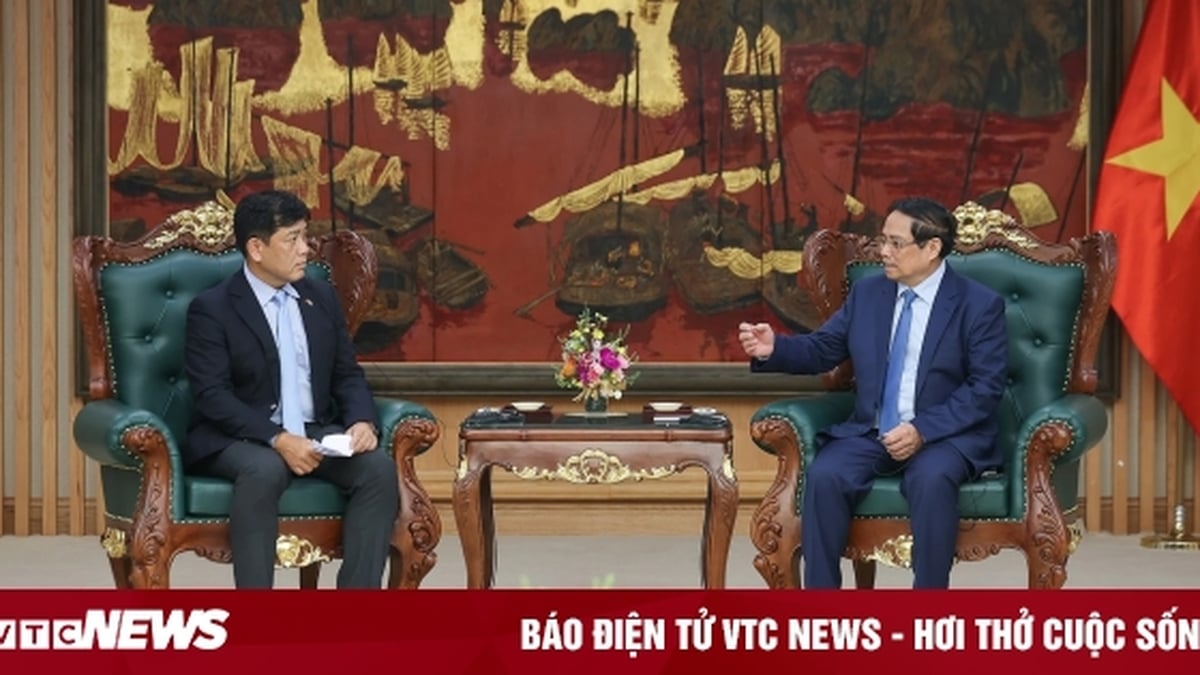
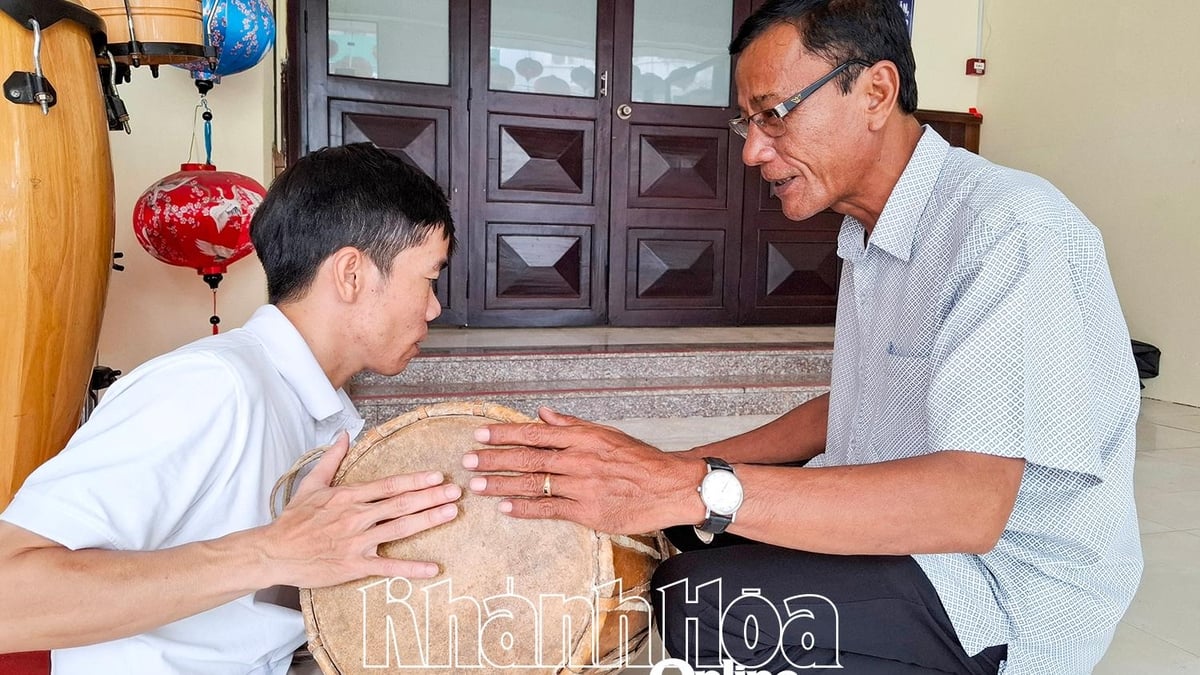

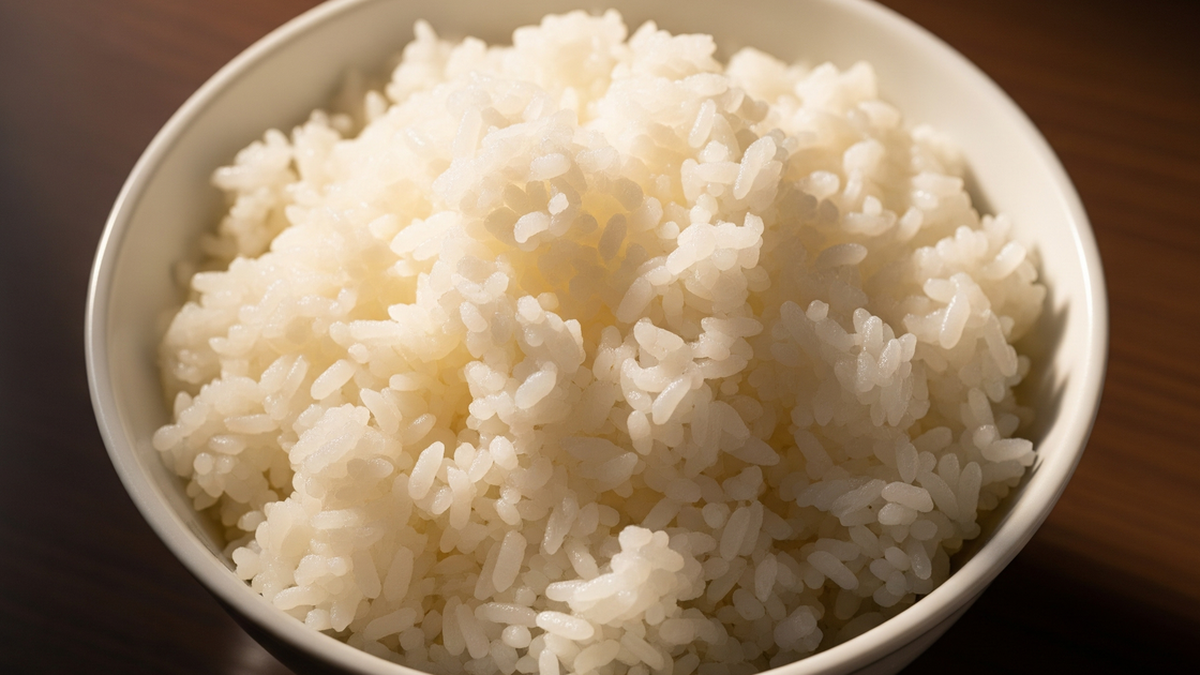

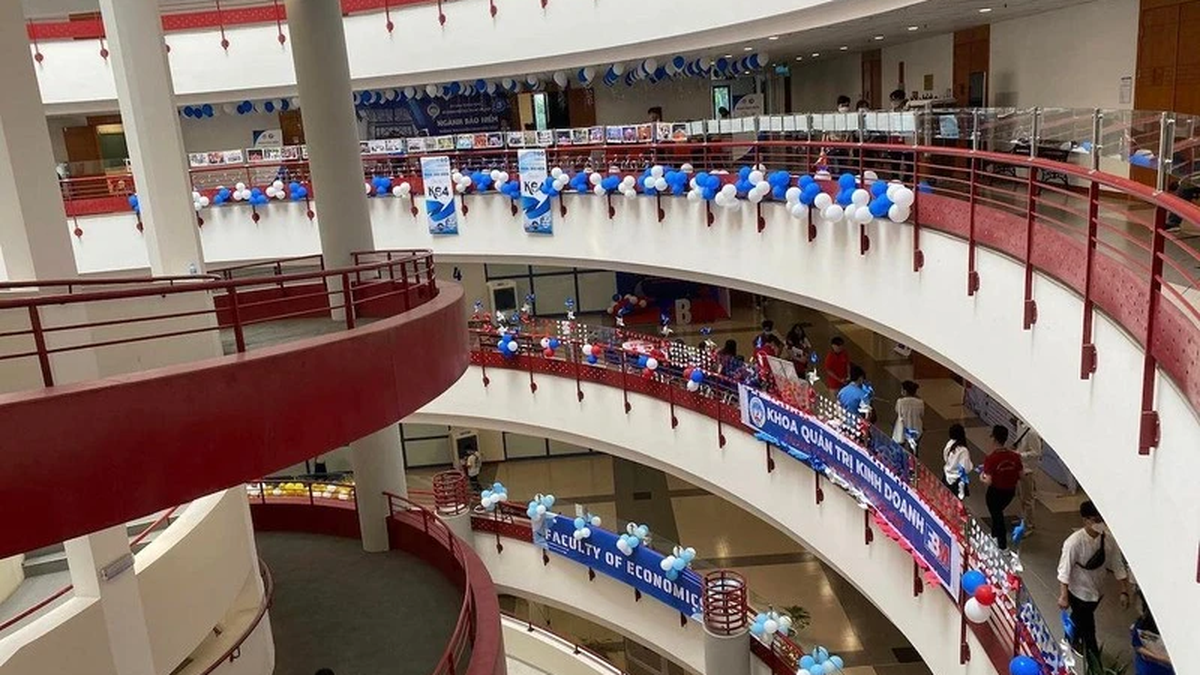

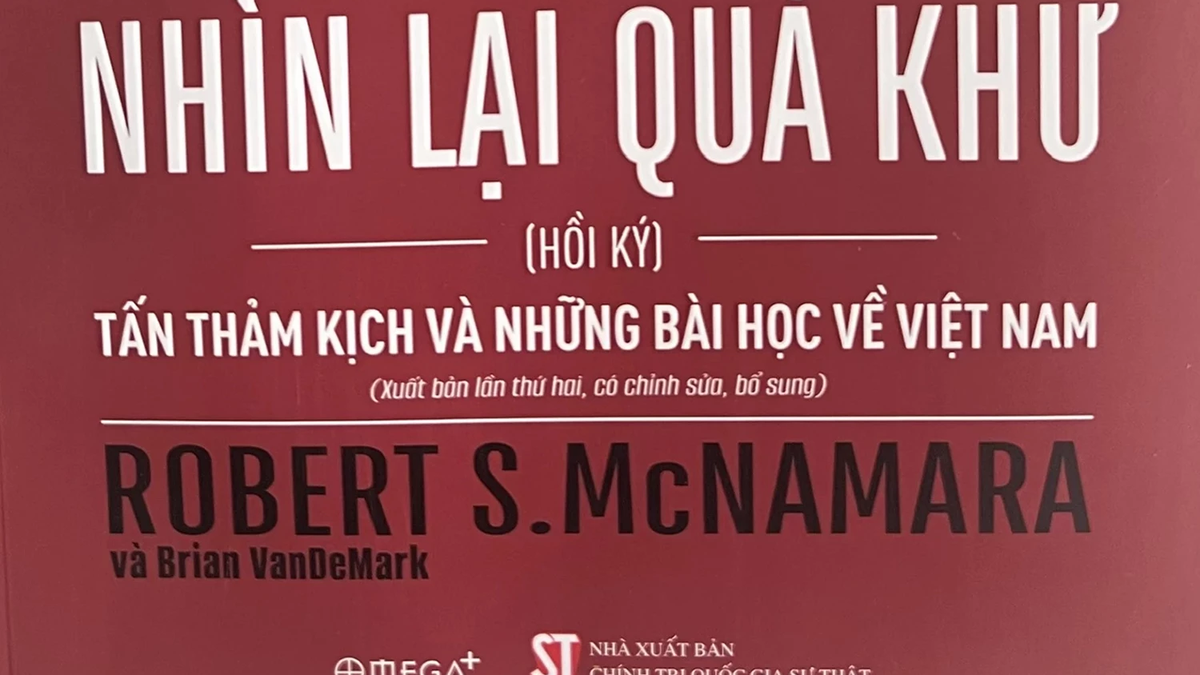






















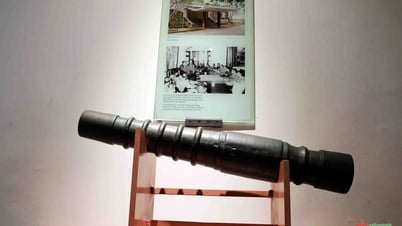

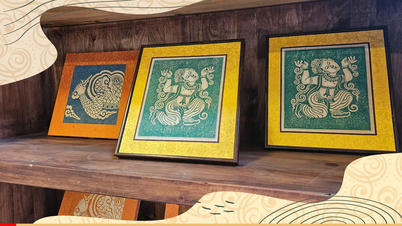

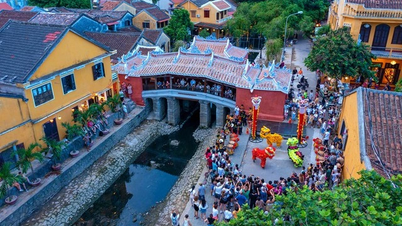

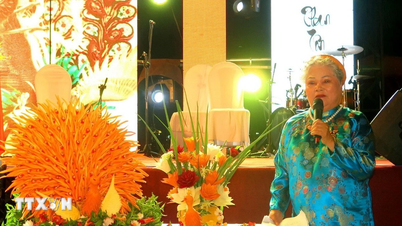

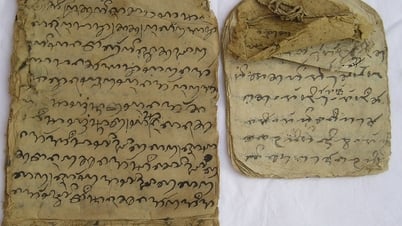



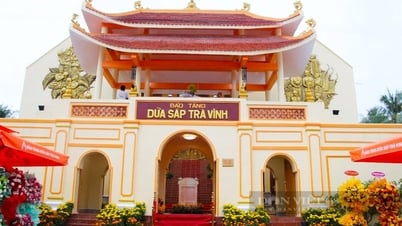
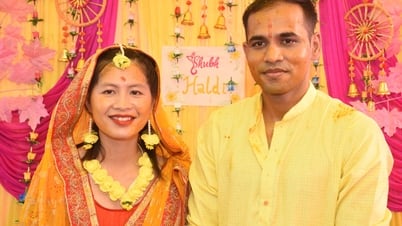



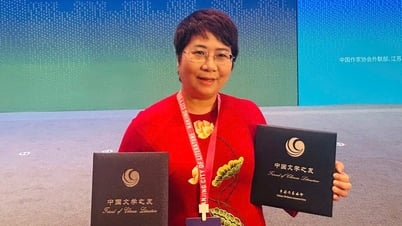











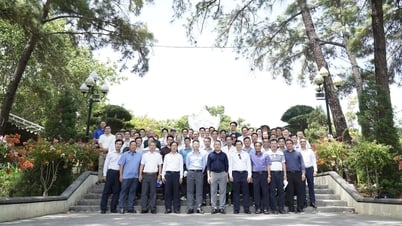



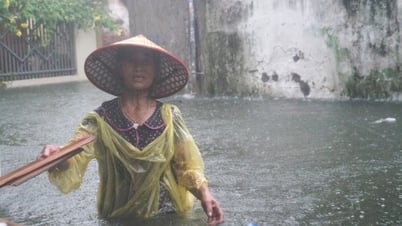




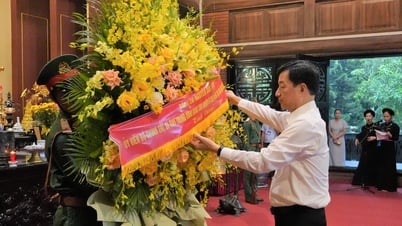




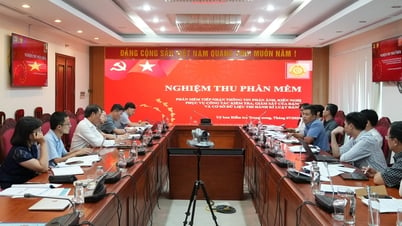


























Comment (0)